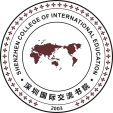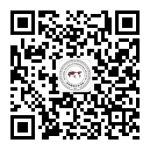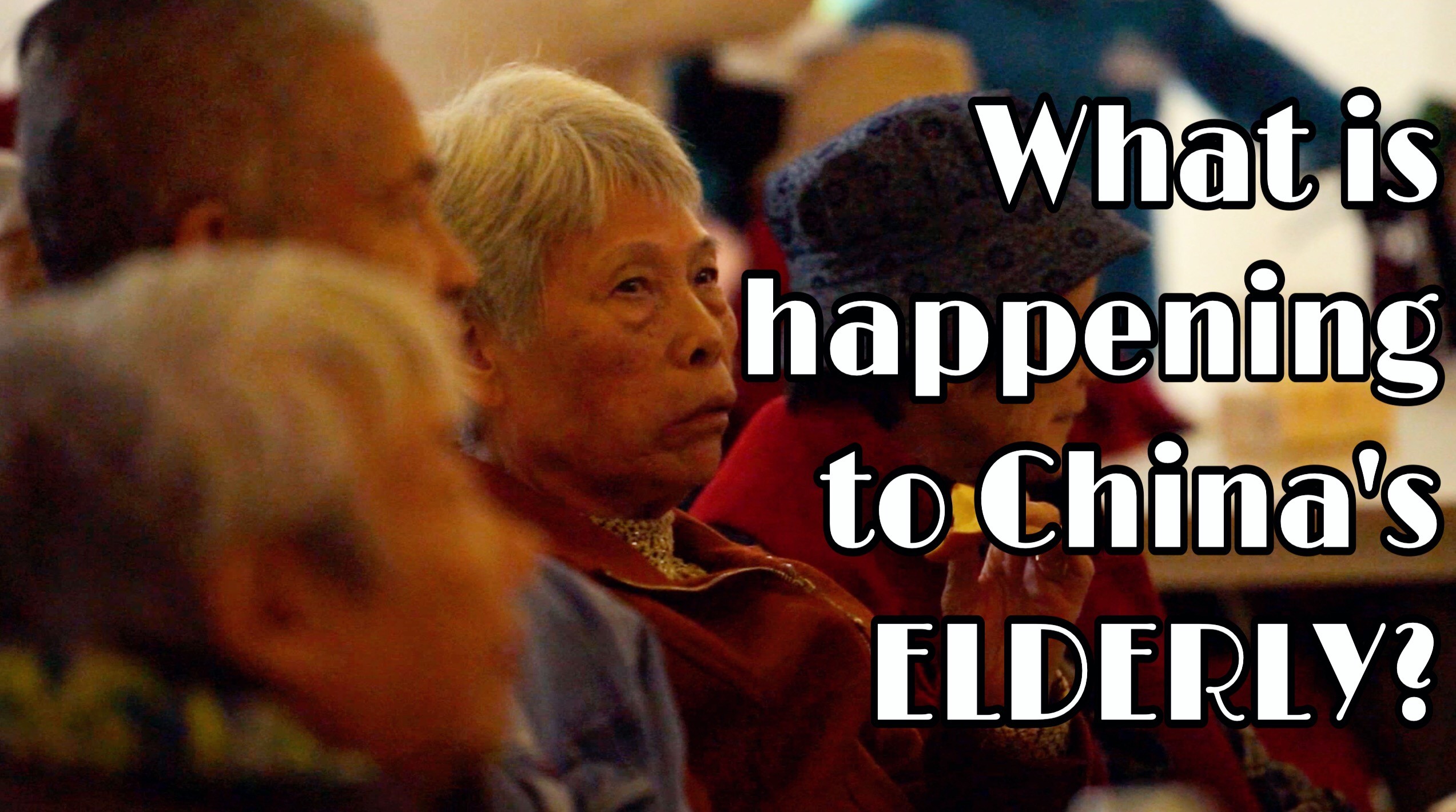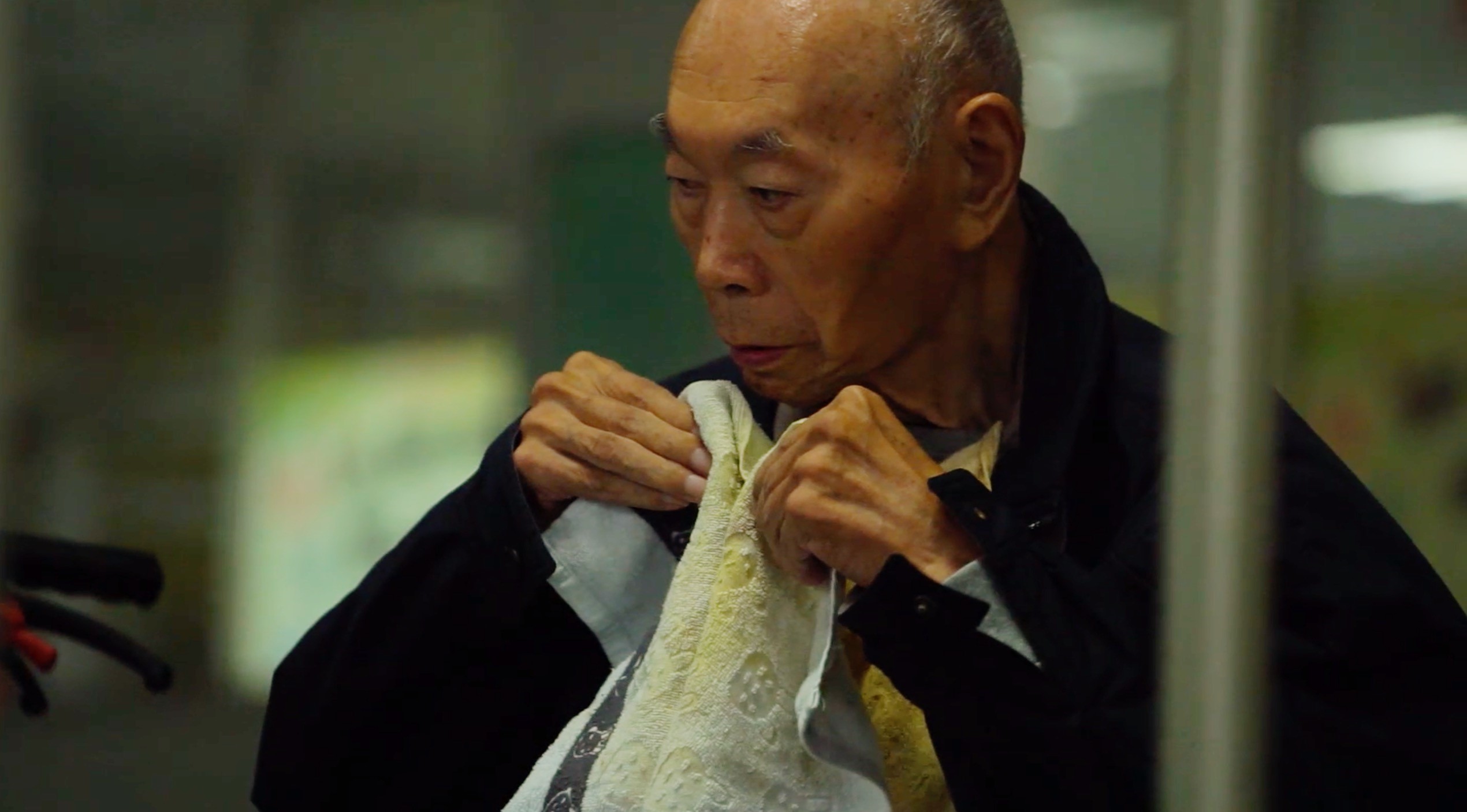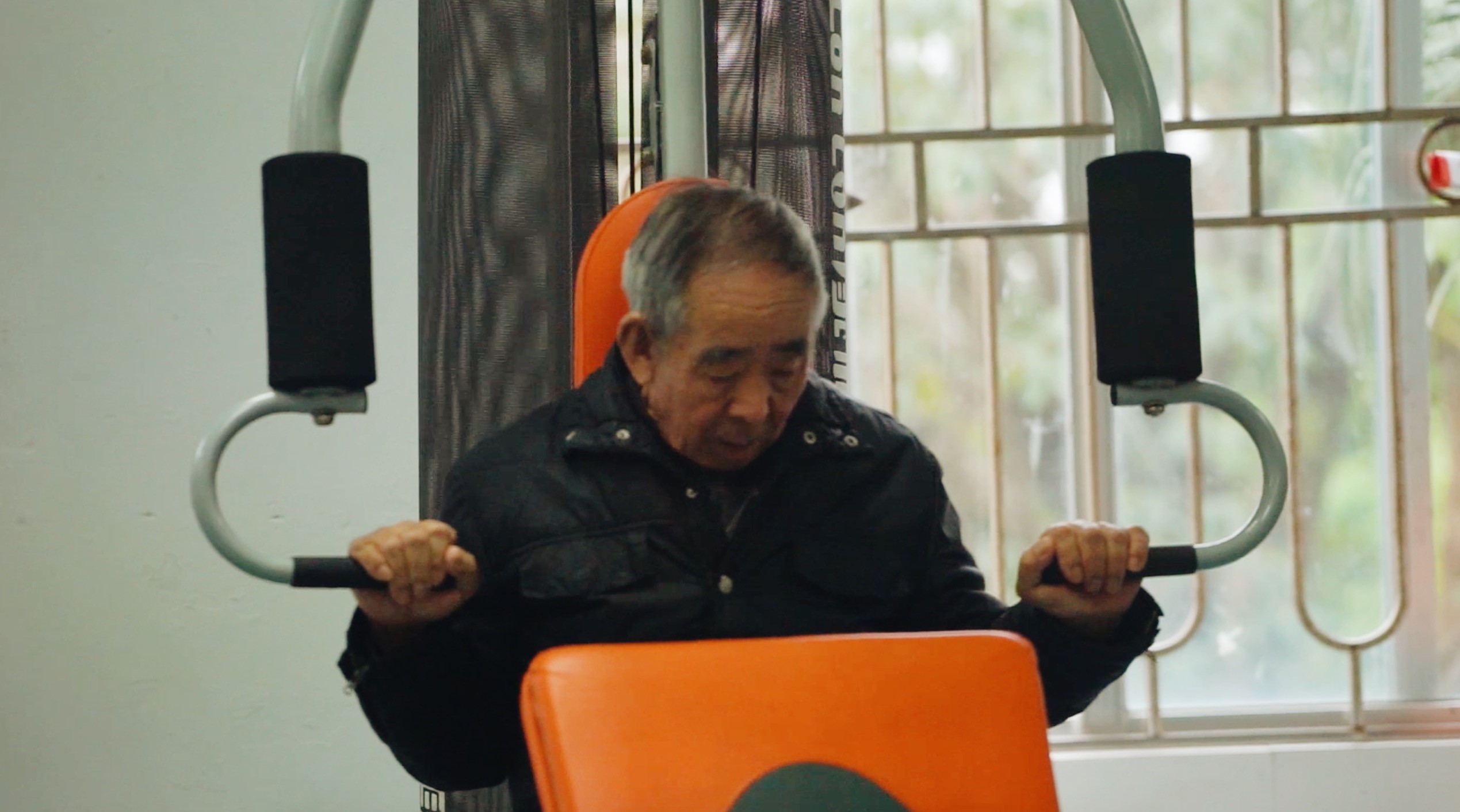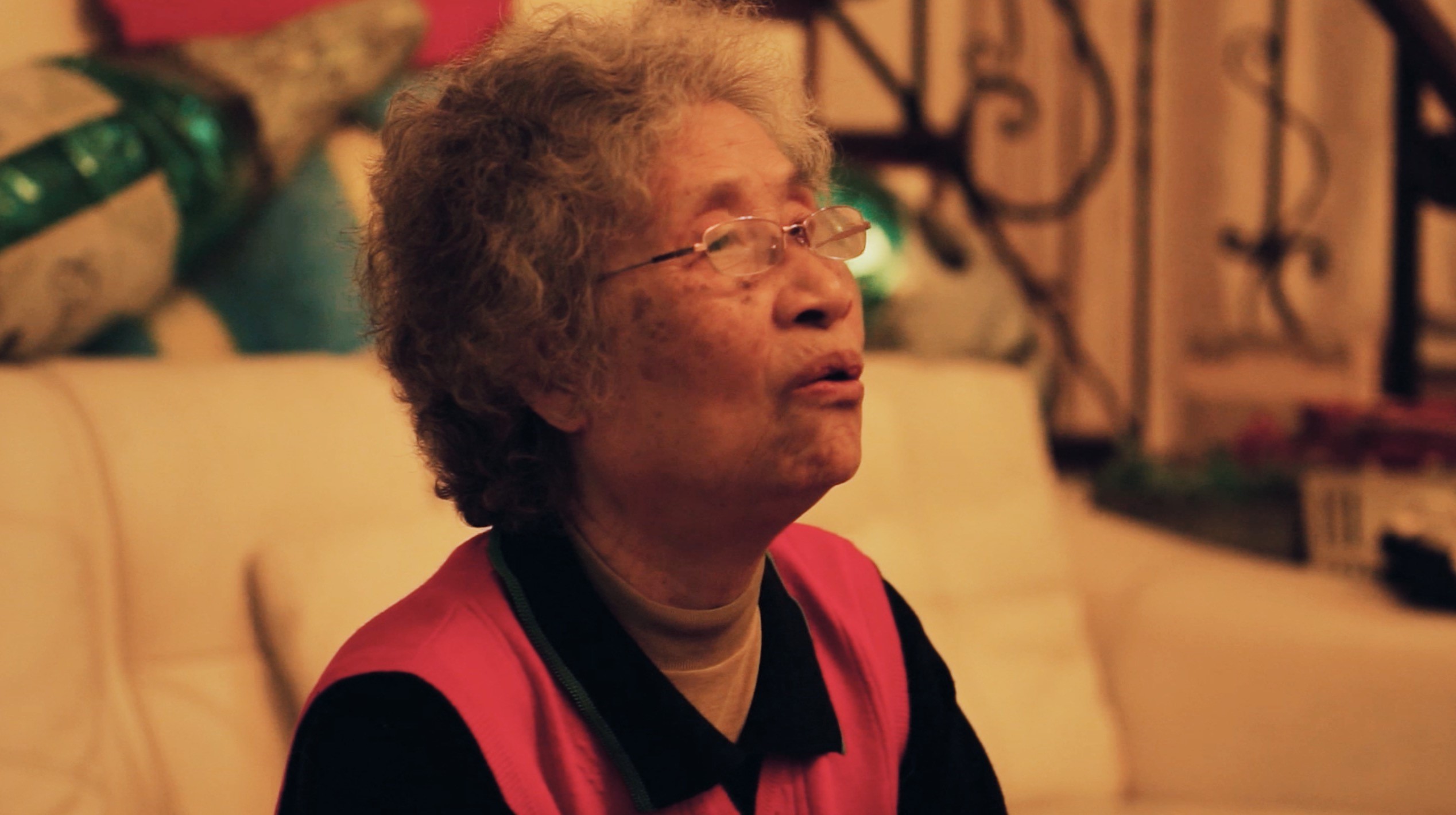Since the establishment of the Yau Shing-tung Middle School Mathematics Award in 2008, five other subjects had been added, including physics, chemistry, biology, computer science, and economics and finance modeling. In the past decade, the Yau Shing-tung Middle School Science Award has formed its unique cultivating mechanism based on the framework of six subjects and the target of training innovation ability of middle school students. There are more than 5800 teams from 1200 schools taking part in the competition. The competition areas include 28 provinces in China, as well as many oversea areas, such as North America and Singapore. After the careful reviews from more than 200 scientists in the world, there are totally 306 students from 169 teams receiving the awards. More than half of the award-winning high school students are recommended to the world famous universities such as Tsinghua University, Peking University, Harvard University, MIT, Yale University, Princeton University and so on.
This year, more than 1,100 teams signed up and submitted a total of 621 papers. After three rounds of revies, seven teams from our school had entered the semi-finals: two mathematics, two economic and financial, and three computer science. In the southern China division of computer science, we had the greatest number of teams entering the semi-final. After brilliant defense of their thesis, five of our seven teams entered the final list of 73 teams. We also hold the greatest number of teams in the finals list among all schools in China.
On Saturday December 12th, all five teams participated their online defense at school. Franky (Wen Hao) from A2 started his defense as the first one in morning, his thesis was “China Trade Shock Does Not Hurt U.S. Innovation”. He boldly claimed an argument that is contrary to the mainstream views. Franky found that since the China-US trade war, the significant positive impact on patent production is enough to offset most of the negative impact of the direct channel. According to his research, China’s import competition has two effects on the domestic innovation level of the United States, and these two effects roughly cancel each other so there is no net effect. Franky’s novel argument eventually won him a honorable prize. In each subject, one gold, one silver, three bronzes, and five honorable prize will be selected, which means Franky is already among the top ten in this subject.
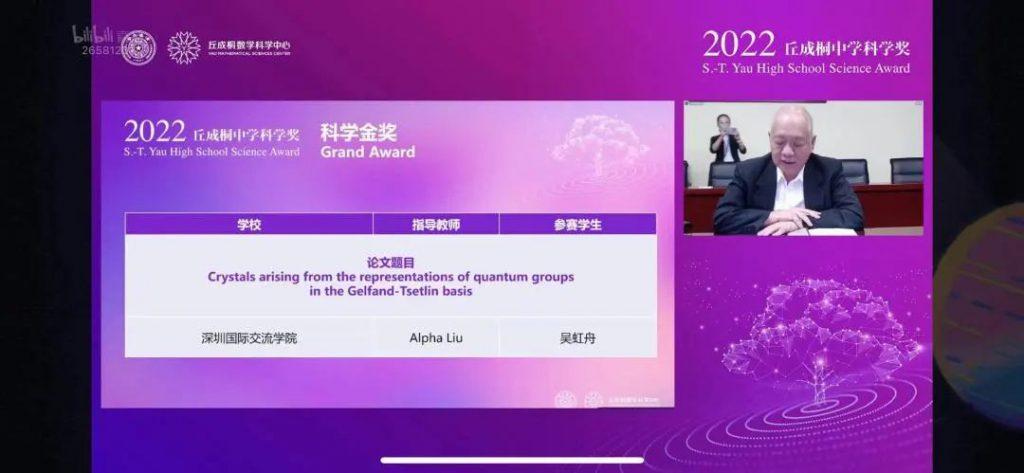
Next coming, Clement (Liao Wenyao) from A1 brought his thesis: “Herding Behavior around Smart Money”. Driven by his interest in stock market, capital flow and investment theory, Clement used Python and Matlab to do data mining and analysis in his study. After a yearlong of research, he finally came up with a detailed paper, which quantitatively discussed the irrational herd effect of northbound funds, as well as institutional investors and individual investors, and their different behavior patterns.
During Clement’s preparation for the final defense, Mrs. Daisy Ding and Mr. Bill Chen from the economics department, and Mr. Shawn Wu from the computer science department jointly held a mock defense session for him. Mrs. Ding commented on Clement’s performance as: “I was surprised by the depth of this research, which is far beyond the ability of average high school students. I believe that his long-term research persistent will definitely win him an award!”
Mr. Wu also commented: “Compared with other papers by his peers, Clement’s research is not only more solid in mathematical derivation, but also showed mature skills of programming tools, thus providing more quantitative analysis and conclusions is more convincing. In addition, Clement’s research lasted for more than a year. During this period, he adjusted his direction and revised his theory from time to time. Therefore, the depth behind his research is far beyond other papers that prepared in two or three months.” We are thrilled to know that Clement won the gold medal in a subject of the Economics and Finance modeling Awards!
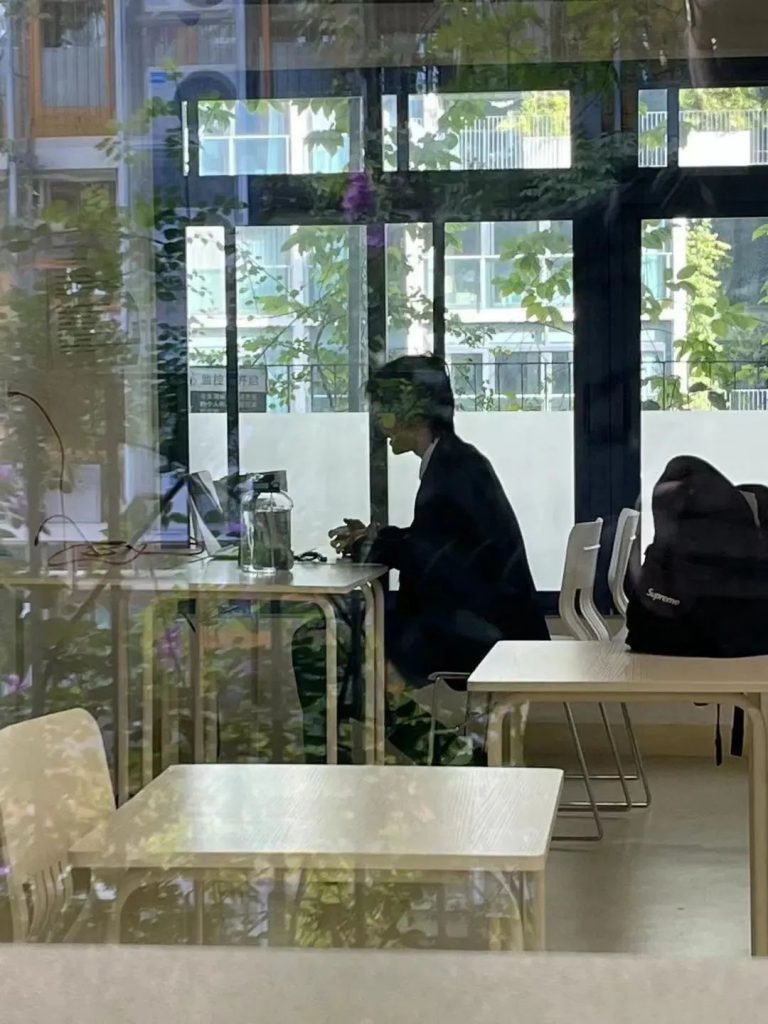
After Clement, Yang Jingcheng from A1 gave his defense. The title of his preliminary paper was “DAISnet: Depth-aware Amodal Instance Segmentation using 3D Feature Extraction and Occlusion Refinement”, which mainly used depth data to estimate the integrity of occluded objects’ shape. After entering the final list, he discussed with his tutor Shawn Wu many times and decided to go further into 3D research, from estimating the occluded 2D projection to estimating its 3D shape. The first part of his paer mainly uses single-view photos to analyze RGB pixels, and converts them into space vectors, followed by performing segmentation based on slope changes, finally obtains reliable depth data, which can be used in machine learning to estimate its original shape. In the latter part, the point map data produced by the lidar(laser-radar) is added to the data set, and the algorithm is also improved to generate a three-dimensional bounding box. The whole research has a novel entry point and ingenious conception. The accuracy of the algorithm is better than any current algorithms, and it has a wide range of application in the future. It can be used in many fields such as intelligent parking, fire rescue, and navigation of the visual impairment. This paper with unlimited potential also won a precious bronze award for Yang! You can read the first draft of Yang’s thesis here:
http://www.yau-awards.com/uploads/file/20221102/20221102114504_50988.pdf
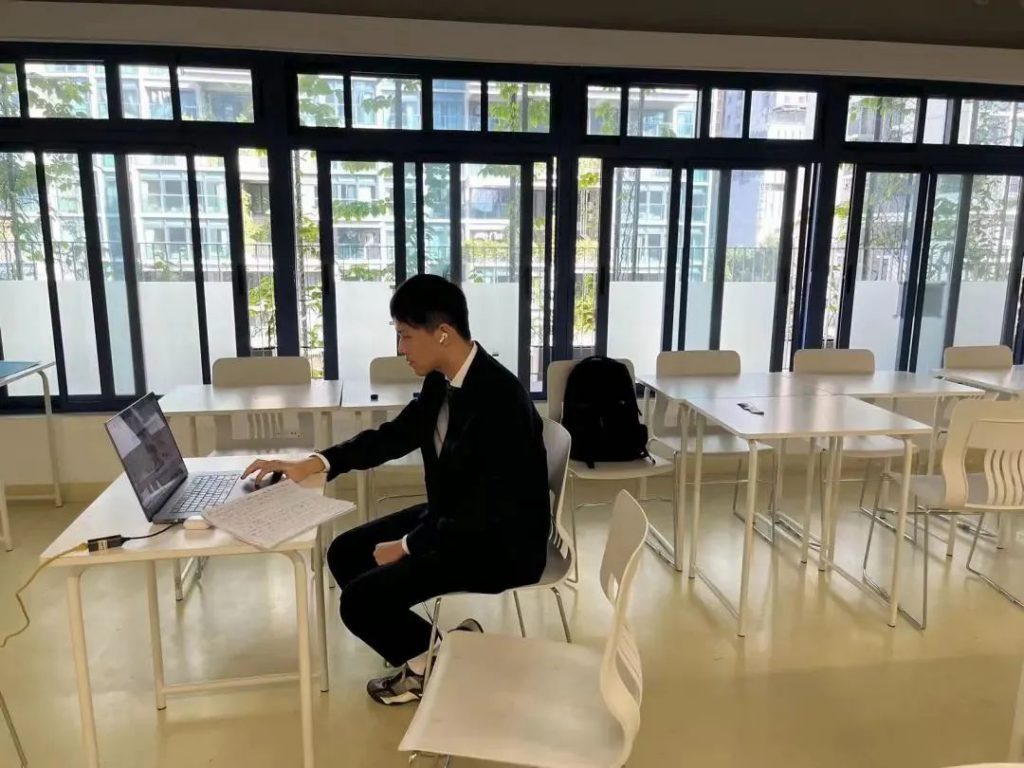
In the afternoon we have Geoffrey (Sun Zeyuan) from G2. Geoffrey is the only G2 student in our final list this year. His paper “FeaMix: Multi-level Feature Mixer Network for Breast Cancer Segmentation” is also of great practical significance. The incidence of breast cancer has been high in recent years, but if precise prognosis has been a difficult problem for years. Identifying the tumor border is not easy, even for experienced doctors. Geoffrey uses machine learning methods to realize the interpretation of ultrasound images, thereby improving the accuracy of identifying tumor boundaries. This research not only reflects his deep research on technology, but also is full of humanistic care. Geoffrey also won the honorable prize in the computer science division where the competition is most intense. We believe that Geoffrey, as the only G2 student this year, will do better next year.
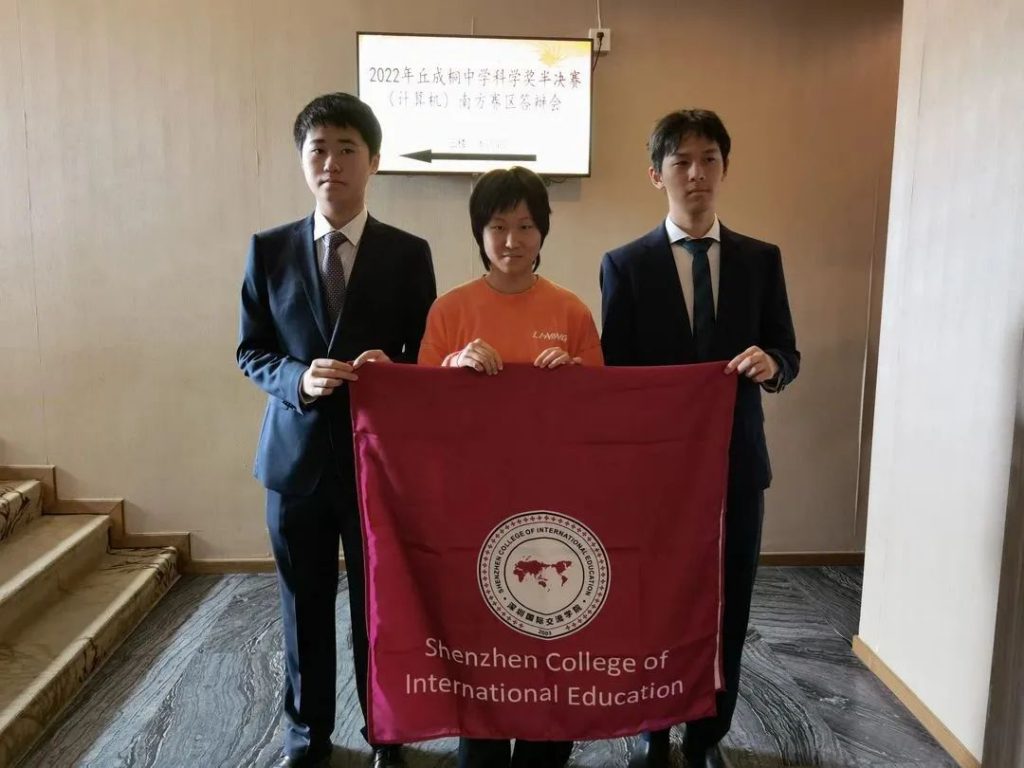
Finally, there is Hazel(Wu Hongzhou), the only mathematics award finalist. Her thesis is purely mathematical research. The paper “Crystals arising from the representations of quantum groups in the Gelfand-Tsetlin basis” investigates the problem of quantum groups in the field of abstract algebra, an emerging field at the interface of theoretical physics and mathematics. The paper finds out and verifies a set of specific crystal bases of the quantum group; besides, it gives a simpler realization of the Cactus group. To be able to understand these complex combination models, a lot of pre-knowledge is required, as well as a lot of calculations and verifications; at the same time, strict logic and rigorous proofs are required, and the descriptions are clear.
Hazel developed her interest in this field from the top mathematics summer school she attended in grades 9 and 10: Ross summer school and SUMaC (Stanford University Mathematics Camp). In the summer school, she not only opened her eyes to abstract algebra, but also got inspiration from Stanford professors. Hazel tirelessly explored her interest for years, taught herself linear algebra and Lie algebra, and finally formed such an excellent thesis. In the mathematics division, all 15 teams had their unique skill sets, and the leading judge is Mr. S.T. Yau himself. Mr. Yau was impressed by Hazel’s thesis, and he couldn’t hide his love for talent when asking questions. Finally, Wu won the gold award in the mathematics division.
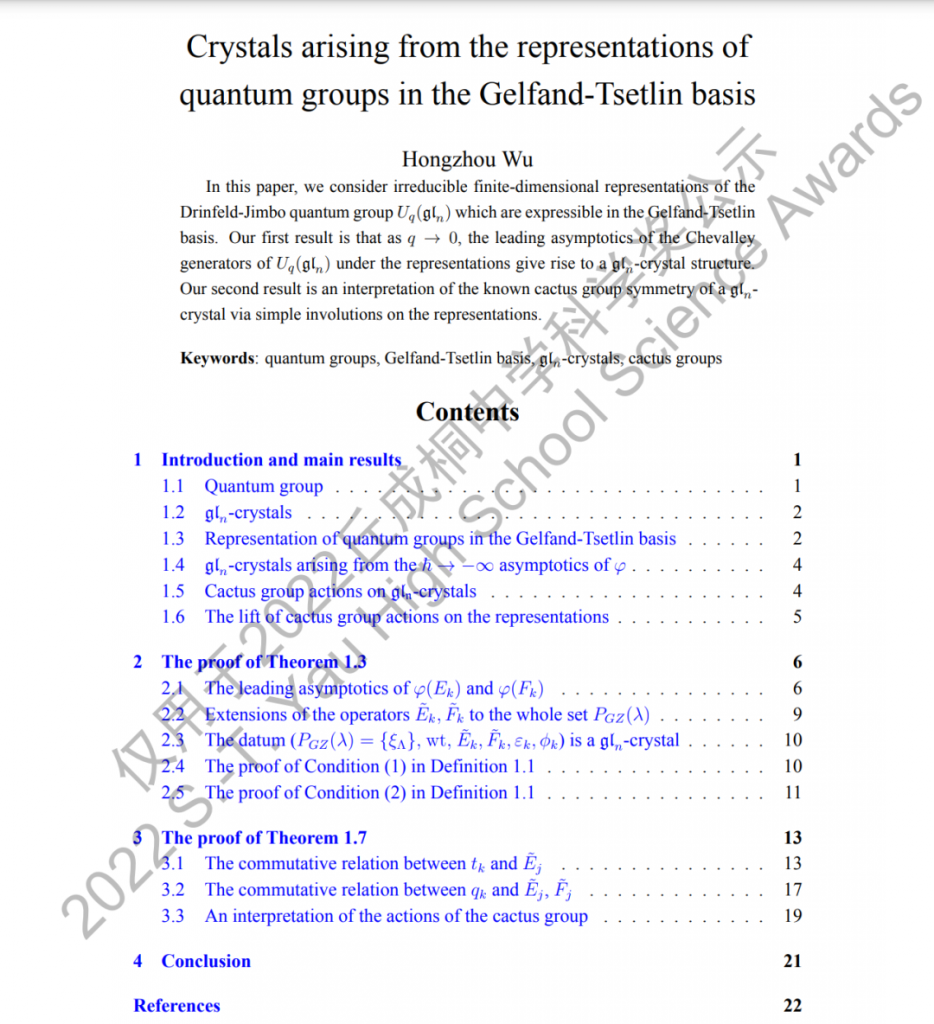
Since the establishment of the Yau Award, this is the first time that two contestants from the same school winning the gold awards in two subjects. We were all excited. On the morning of Sunday, December 11, the competition entered the most intense stage. The six gold award teams from each subject will have to introduce and defend their thesis again in front of all judges for the final prize: the Grand Science Award.
The Grand Science Award was finally announced at 8:00 p.m. on Sunday night. Everyone was holding their breath when Mr. Yau announced the winner is Wu Hongzhou from Shenzhen college of International Education! In Hazel’s acceptance speech, she talked about the origin of her interest in mathematics, and how she feels the love for the subject.
The great Master of Mathematics Shing-Tung Yau has a firm teaching belief that “cultivating and discovering talents should begin with high school students”. By introducing the organization and selection methods of international competition to China, he has established the S.-T. Yau High School Science Award since 2008.This competition is much different from the original science competitions: first, it is available to the global high school students; secondly, it requires the students to submit their research reports instead of writing the standard answers to the examination papers. The S.-T. Yau High School Science Award is designed to promote the development of scientific research amongst youth and to encourage talented and enthusiastic teenagers to explore the mysteries of science.
This educational ideology coincides with SCIE’s educational mission: Social responsibility, Creativity, Independence, and Enthusiasm. Once again, we congratulate all the students who participated in the Yau Awards!
- Article / Shawn Wu
- Pictures / Economist Reading Club, Claire, Carmen
